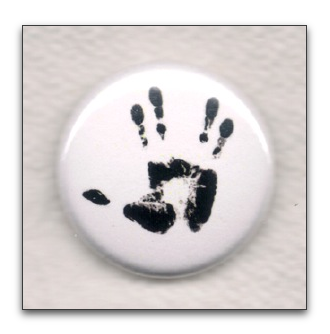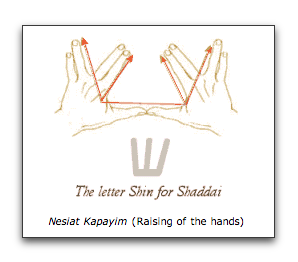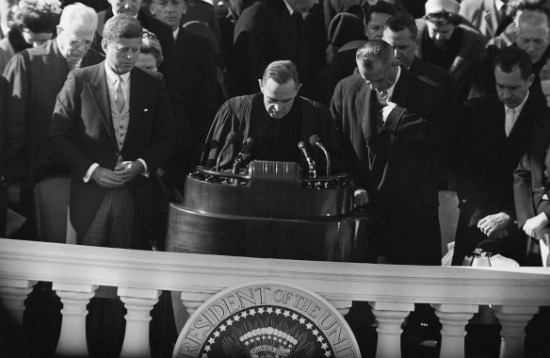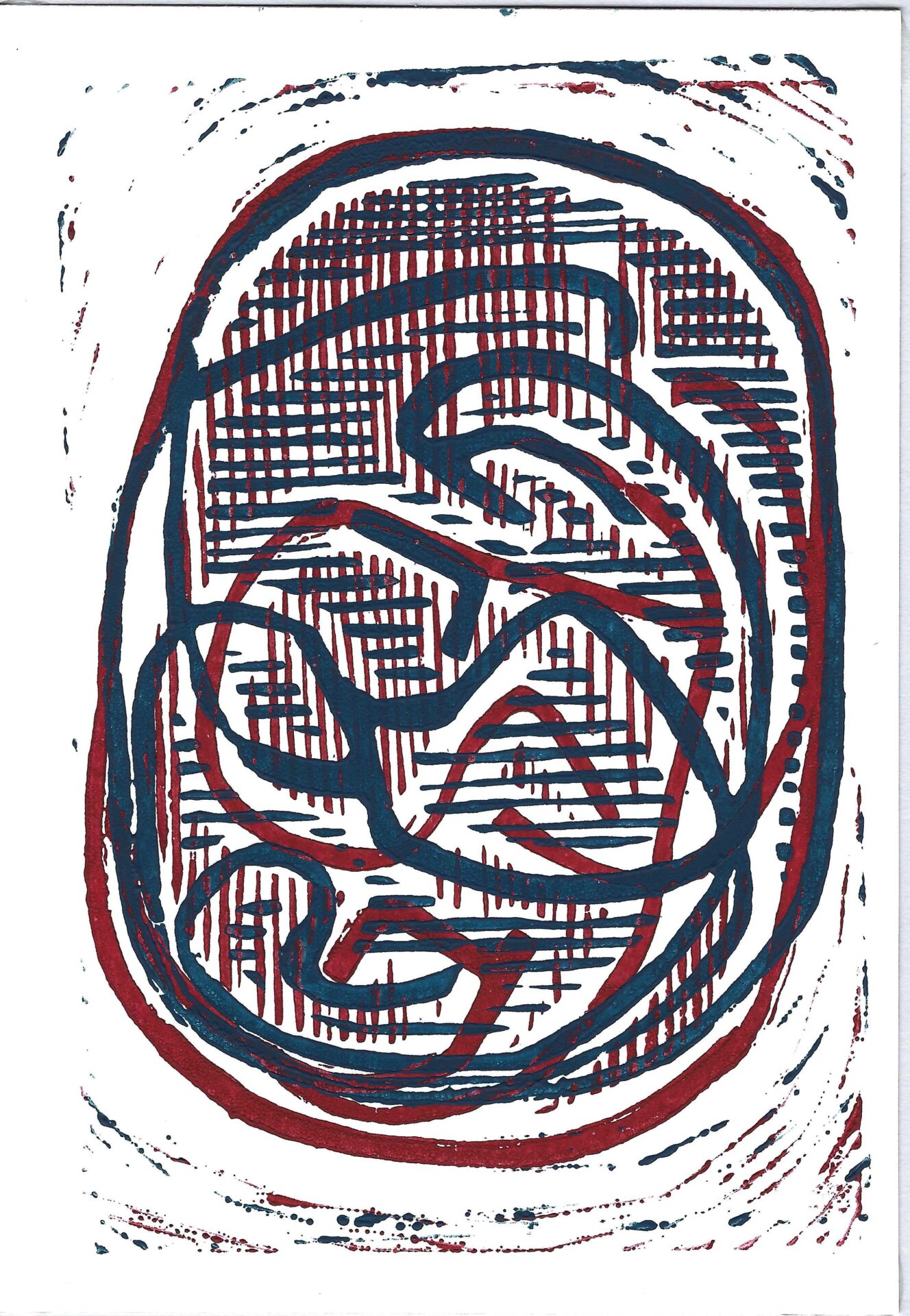may the … be with you
Perhaps the most famous blessing is that expressed by the ancient priests in Jerusalem as recorded in the book of Numbers (6:24–26):
יְבָרֶכְךָ יְיָ וְיִשְׁמְרֶךָ.
יָאֵר יְיָ פָּנָיו אֵלֶיךָ וִיחֻנֶּךָ.
יִשָּׂא יְיָ פָּנָיו אֵלֶיךָ וְיָשֵׂם לְךָ שָׁלוֹם.
The priests of old are no longer in a position to do the blessing as they did in ancient days. Though, in many Orthodox and Conservative synagogues their descendants continue to reenact the ritual. For over 30 years I have used my own translation.
May our behavior toward one another express the gentleness of blessing and care.
May we feel the graciousness of the divine qualities of creation.
May the holiness of creation rise up to greet us and grant us the wholeness, the completeness, of peace.
I believe it is our responsibility and task to bring blessing into the world.
ancient jewish salute
When they expressed God’s blessing on the people of Israel, the priests stood before them, raised their hands and held their fingers in a particular form. Many of us have seen this. It was popularized by Leonard Nemoy in his role as Spock in the original Star Trek. Nemoy explained the origin of the Vulcan Salute. Nearly every time there is reference to the origins of the “salute” it is described as being in the shape of the Hebrew letter Shin ש. There are two illustrations found on the Web that suggest how this works:
However, there are other hand shapes that could (more?) easily be identified as that letter:

american sign language “3” as a ש

american sign language “w” as a ש
Those who say that the shape of the salute represents a ש say that it comes from the divine name El Shaddai אל שדי (as in [God] Shaddai). You can read this explanation in many places. Here’s a recent one from the Jerusalem Post Magazine by R. Shlomo Riskin on May 16, 2013
In this stirring biblical passage, the kohen ‑priests – descendants of Aaron, the first high priest – are instructed to raise their hands, spread out their fingers to form the Hebrew letter shin for the Divine name Shaddai (Almighty God) and so bless the congregation of praying Israelites.
priests & שדי?
However, שַׁדַּי does not appear in Leviticus the priestly book. Not only that, but, in the book of Numbers it only appears 17 times. And at that it is part of a personal name 15 times. The “name” is used only by itself (as part of a phrase: מַחֲזֵה שַׁדַּי יֶחֱזֶה) twice (and not as אל שדי)!
salute what you eat
I have a different theory that I’ve mentioned to friends, but never “published” (until this moment):
I believe that the salute represents the hoof of animals that Jews are allowed to eat… as in:
Hi there! We identify with these animals which we’re willing to eat.
Some cultures identify the cloven hoof as sinister. However that seems to be a Christian association of cloven hoofed creatures with the Greek god Pan and has nothing to do with Judaism. Most of the animals with cloven hoofs are thought of as gentle, none of them are carnivores.
priests and ministers and rabbis… oh my
On January 20, 1961, at the inauguration of John F. Kennedy as president, while clergy of other faith traditions also participated, Rabbi Nelson Glueck offered the benediction. He spoke the words of Numbers (6:24–26).
The American Jewish Archives in Cincinnati has the video of Nelson Glueck delivering the benediction. But it is not yet online. The c‑span version includes Glueck’s words towards the end.
what about our behavior?
As we approach the new year, how does my behavior express the gentleness of blessing and care?
may the “hoof” be with you!
This button was sold as “Spock’s salute”.

the priestly blessing “salute”
| Date: | 2010 |
| Size: | 2.38 |
| Pin Form: | straight clasp |
| Print Method: | celluloid |
| Text | [none] |
your lapel buttons
Many people have lapel buttons. They may be attached to a favorite hat or jacket you no longer wear, or poked into a cork-board on your wall. If you have any laying around that you do not feel emotionally attached to, please let me know. I preserve these for the Jewish people. At some point they will all go to an appropriate museum. You can see all the buttons shared to date.





